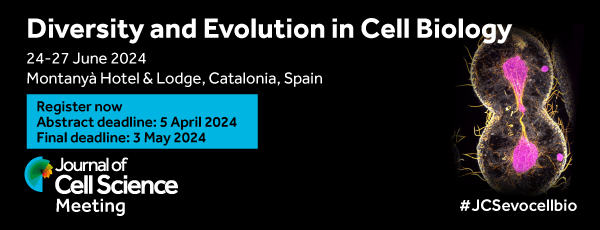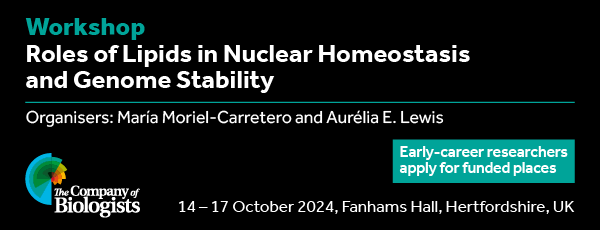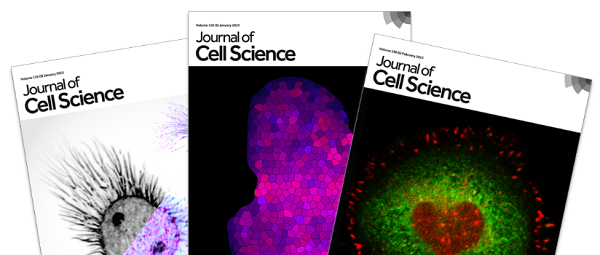
The JAK/STAT signalling pathway is a conserved regulator of cellular processes such as proliferation and apoptosis. In contrast to mammals, Drosophila contains only one copy of the JAK/STAT components, including the positively activating receptor (Dome) and the transcriptional activator (STAT92E). This setup raises questions as to how the activity of the pathway is regulated in various contexts and cell types. Now, Elizabeth Smythe and colleagues (Moore et al., 2020) investigate the role of endocytosis in JAK/STAT regulation. They identify a conserved di-leucine motif within Dome that is required for its internalisation and the activation of the downstream signalling pathway. However, preventing endocytosis of Dome does not interfere with the phosphorylation of a conserved Y704 residue on STAT92E, a modification essential to STAT activity in both vertebrates and flies. Additionally, the authors find a novel phosphorylation site at T702, which is required for STAT92E signalling. A non-phosphorylatable mutant at this site cannot rescue STAT92E knockdown and reduces Y704 phosphorylation on STAT92E. This suggests that T702 phosphorylation is a prerequisite for Y704 phosphorylation, which in turn promotes the expression of JAK/STAT pathway target genes. Collectively, these findings identify novel regulatory aspects of JAK/STAT signalling that may be conserved in mammalian cells and modulate JAK/STAT activity in various cellular contexts.







